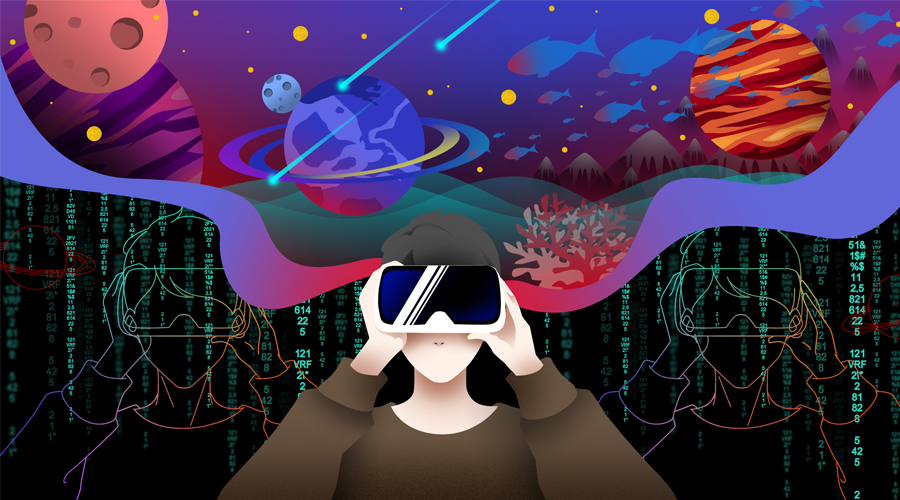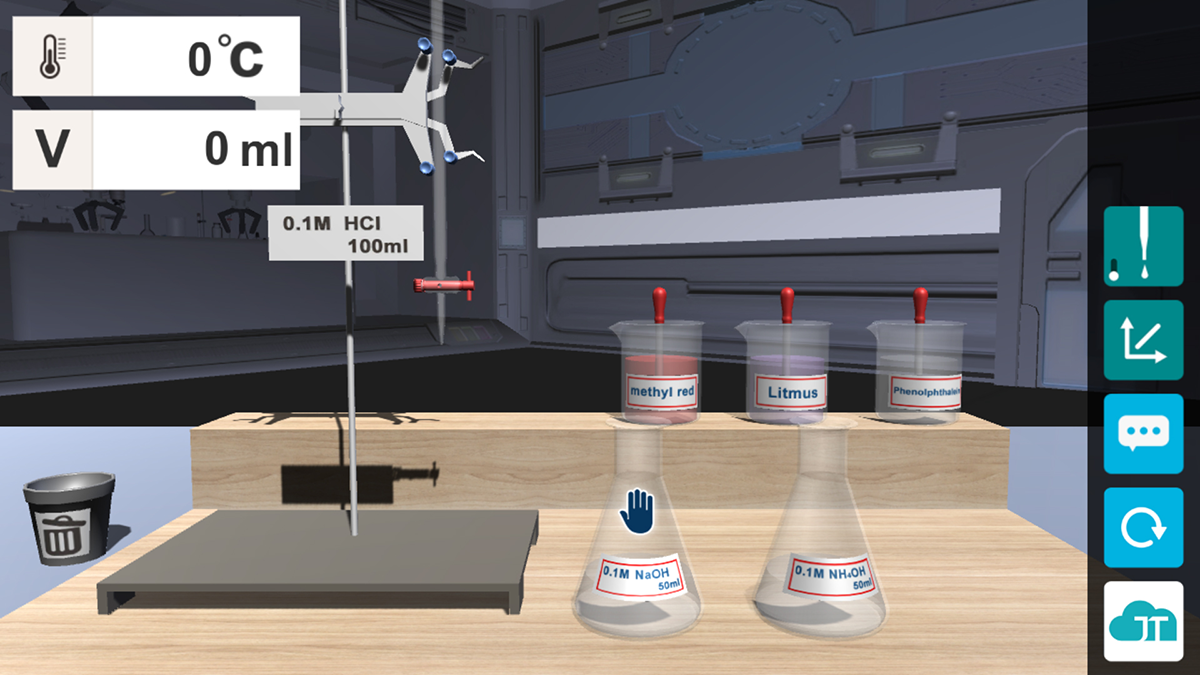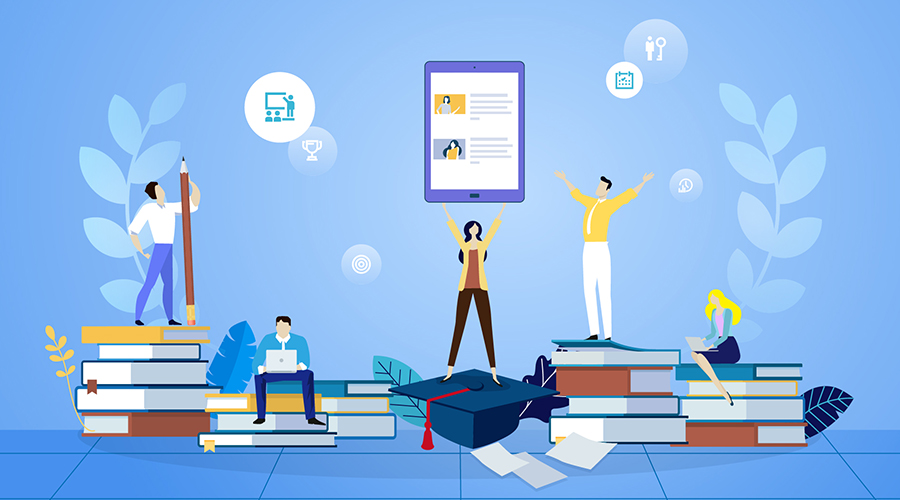The experience of interactive teaching welcomes XR digital learning generation.

Recently, the use of technology in education is gradually increasing. from the time we used to always learn in the computer classroom, to the improvement that we can take notes anytime, anywhere with a tablet computer, and even now, almost every major education platform is using AR/VR digital learning. these technologies accelerate students from being bored with books, not only it's easier to get the information, but also reduce the waste of paper, shortens the time of learning, and attain the result of learning more efficiently.
With the development of the digital age, students have turned the way of getting new knowledge from books in the library into a cellphone. Education has been influenced by this new wave of tech. it is available to learn various fields through a combination of virtual and real. However, what’s the advantage that AR/VR brings to education?
1. Reduce the cost of time on learning: AR tech can be connected to online databases, and real-time data viewing and verification can be called out, which greatly reduces the time costs in querying data. Some foreign researchers have applied AR/VR tech to geometry teaching. The research shows that when students learn geometry, they can learn it without spending too much time, and the learning effect is great. Since ancient times, human being constantly learning to make a better life. They used to accumulate experiences over time, but now learning through AR/VR can reduce the time cost, which is undoubtedly a milestone in learning.
2. Digital Game base teaching, enhance the interest in learning: integrate knowledge into games and create a series of fun and educational games through visual effects and design in learning. reject the traditional learning style, not only stimulating students’ creativity and improving the effectiveness of learning.

Photo credits: https://ouorange.com/product-pages?p_id=9
3. Practice, repeated attempt: When students were doing chemical experiments, due to the place and difficulty to get the material, they were not able to do the actual chemical experiments. They could only learn through textbooks, but with the tech of virtual reality, they can learn with the concept of three-dimensional. Moreover, compare with traditional laboratories, the immersive experimental environment has no safety concerns. Allowing students to use virtual reality for interactive learning.
Read round: natural ‘science digital interactive textbook’ assists in the development of steam courses:Through a 3D model to build a real experimental scene, make students can do experiments easily.
4. Distance learning, break the restriction of distance: under the outbreak of the pandemic, distance learning has become an important way of education. Distance teaching is not only sharing pictures through a computer but also combining XR tech for the interactive explanation, turning abstraction into a real object makes students can get familiar with it as soon as possible.
Read-round: MAKAR EDU:MAKAR EDU, a digital learning system specially tailored for education, synchronizes VR function, navigation, learning process, etc., allowing teachers to understand students’ learning state.

For people of generation z, the new tech of AR/VR virtual reality is the learning method they yearn for, also a new trend that is irreversible. With the explosive growth of the metaverse, features such as immersion and low latency are in line with the indispensable elements of digital education. Whether words in the textbook or the imagination of students, all can collide with different sparks, and make teaching an immersive adventure!
